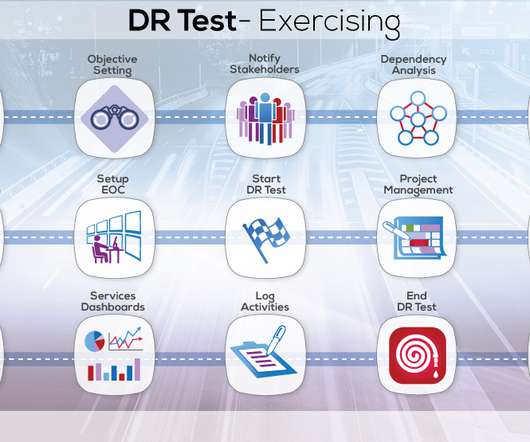Taming the Storage Sprawl: Simplify Your Life with Fan-in Replication for Snapshot Consolidation
Pure Storage
APRIL 10, 2024
Disaster recovery woes, begone: Testing and maintaining DR plans for every array is a complex beast. Fan-in offers a single, centralized recovery point for all your critical data, simplifying disaster preparedness. Break down data silos and simplify reporting: Scattered data hinders analysis.











Let's personalize your content